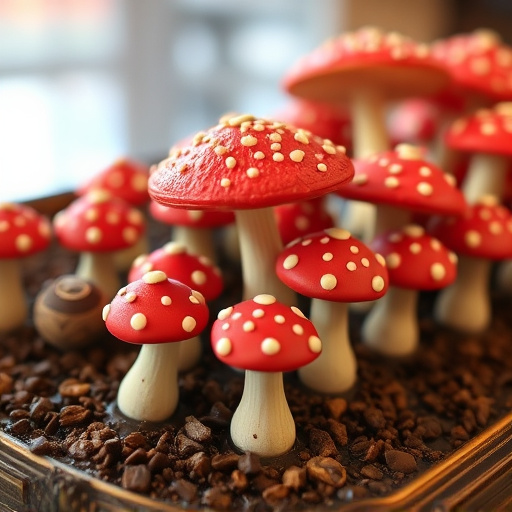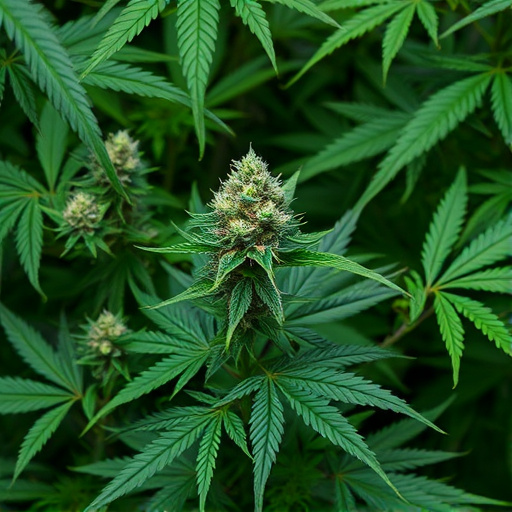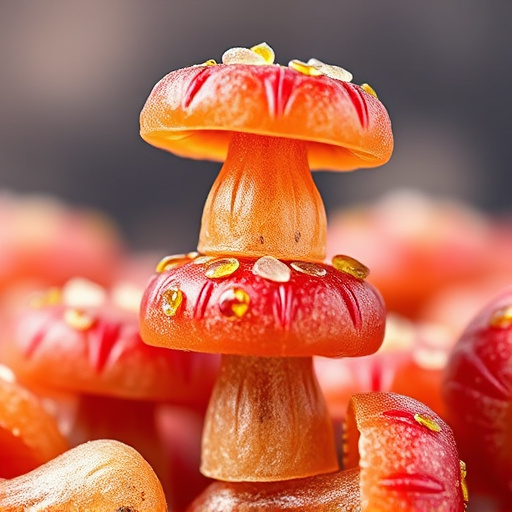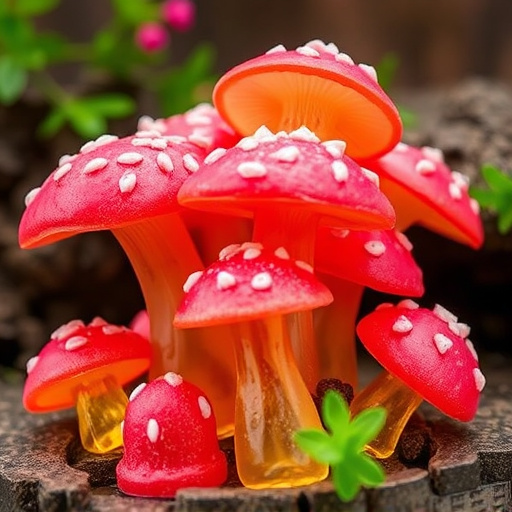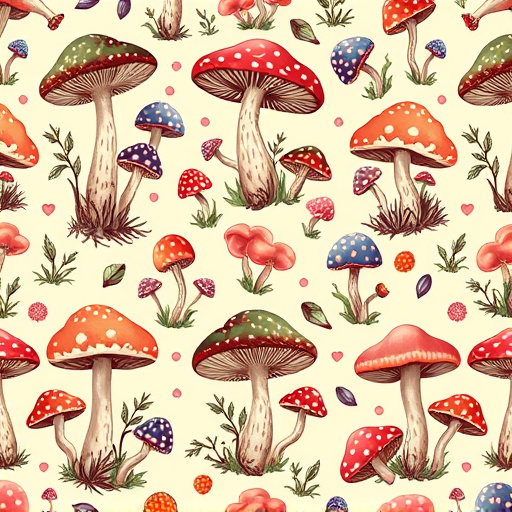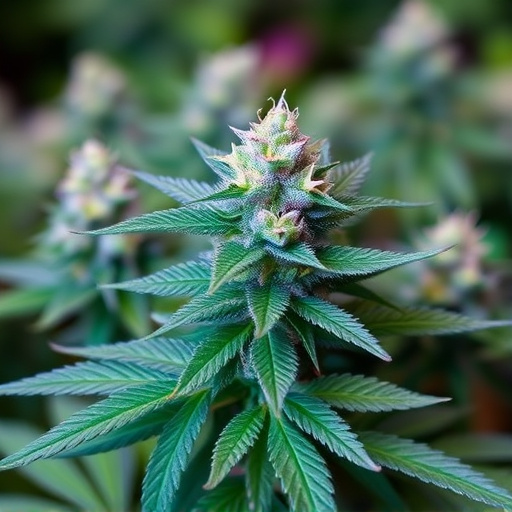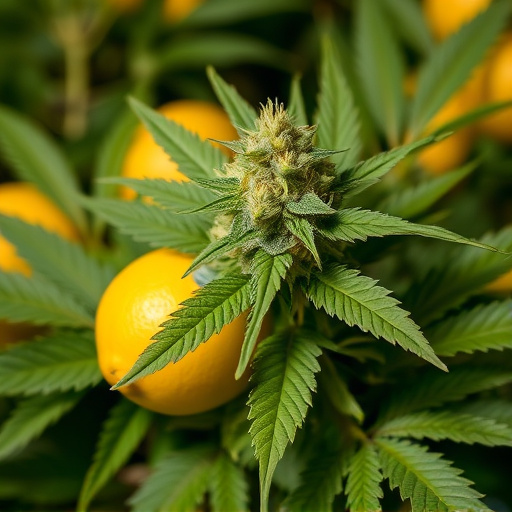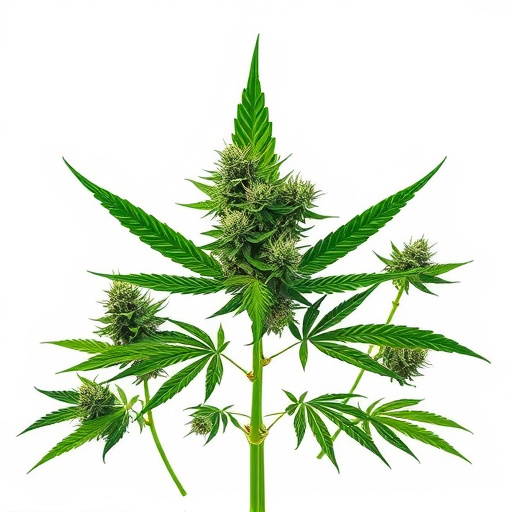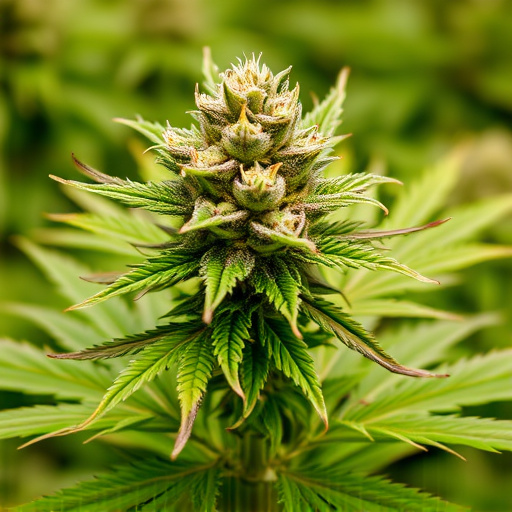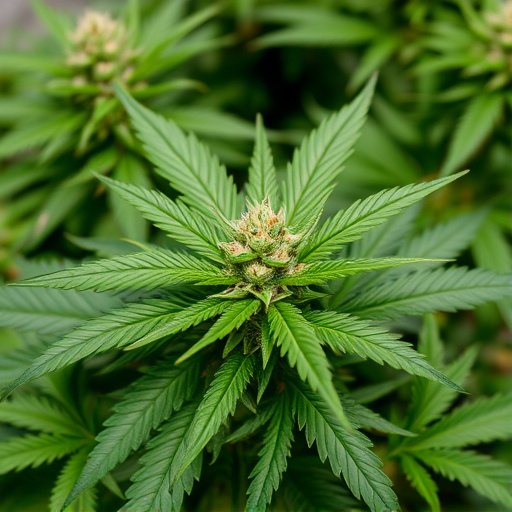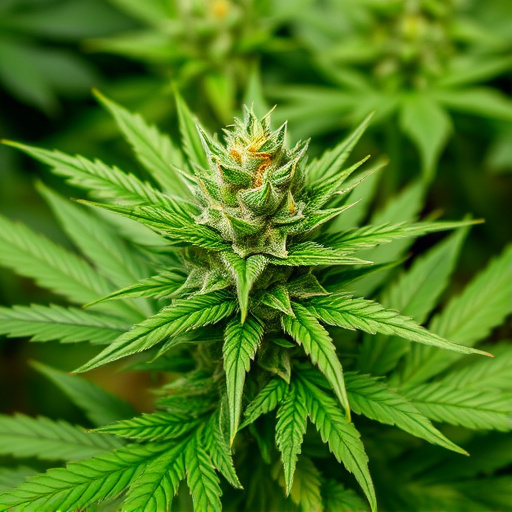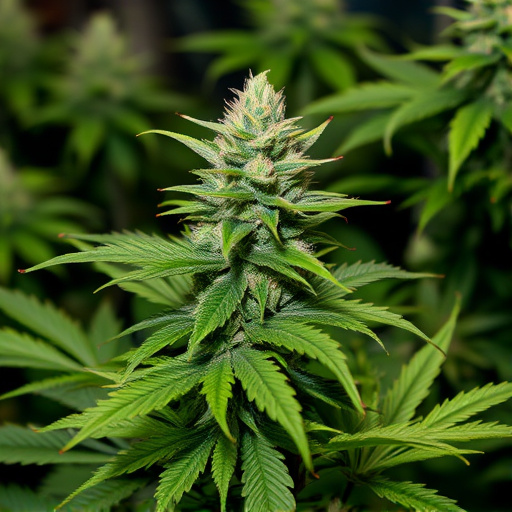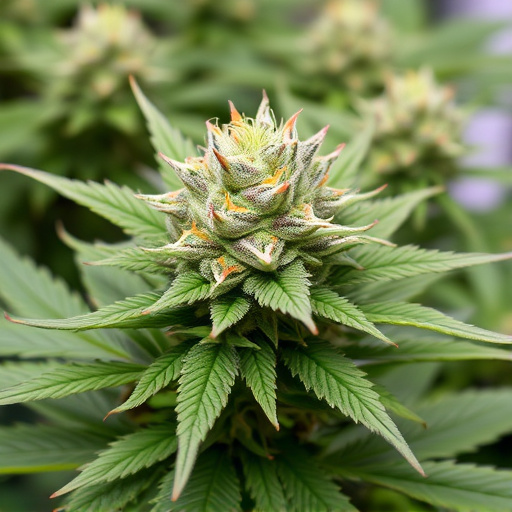Cannabis sativa strains, known for their energizing and creative effects, are favored for edibles due to their higher THC content. Strains like Blue Dream and Gorilla Glue offer diverse flavors and potencies. Decarboxylation is crucial for converting THCA to THC, enhancing edible effectiveness. CO2 extraction preserves cannabinoids and terpenes. Creating safe, high-quality edibles requires starting with potent flowers, carefully following recipes, decarboxylating cannabis, precise measuring, and proper storage. Begin with small doses due to edibles' potency.
Unleash the potential of cannabis sativa strains in your kitchen! This comprehensive guide reveals the art of crafting delicious edibles with cannabis flower. From understanding the unique properties of different strains to mastering preparation techniques like decarboxylation, you’ll learn how to create safe and potent treats. Explore various extraction methods and discover simple recipes to transform cannabis into edible form. Elevate your cannabis cooking experience with these essential insights.
- Understanding Cannabis Sativa Strains: Their Properties and Effects
- Preparing Cannabis Flower for Edible Use: Decarboxylation and Extraction Methods
- Creating Delicious and Safe Edibles: Recipes and Safety Tips
Understanding Cannabis Sativa Strains: Their Properties and Effects
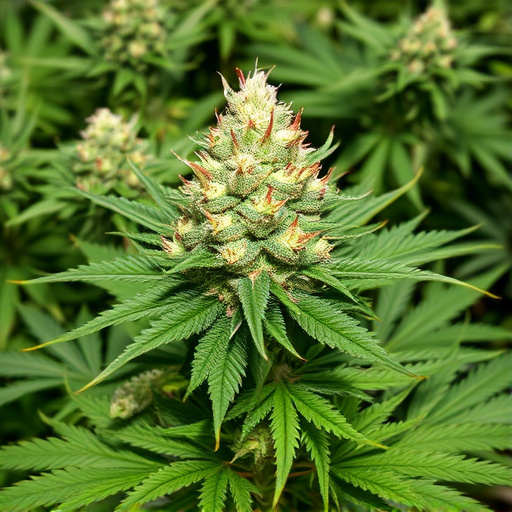
Cannabis sativa strains, often referred to simply as “sativa,” are a popular choice for making edibles due to their unique properties and effects. These strains are known for promoting energy, creativity, and focus, making them ideal for consumption during the day when you need that extra boost in productivity or motivation. Sativas typically have higher levels of THC (tetrahydrocannabinol), the compound responsible for the plant’s psychoactive effects, compared to CBD (cannabidiol). This characteristic is particularly relevant when creating edible products, as it can enhance the sensory experience and provide a more noticeable high.
The diverse range of sativa strains offers various flavors, aromas, and potencies. Some popular varieties include Blue Dream, known for its fruity and floral notes; Jack Herer, celebrated for its uplifting and cerebral effects; and Gorilla Glue, renowned for its strong adhesive-like scent and potent relaxation properties. Understanding the specific traits of different cannabis sativa strains allows you to tailor your edible creations to desired outcomes, whether it’s a relaxing evening or an energizing midday snack.
Preparing Cannabis Flower for Edible Use: Decarboxylation and Extraction Methods
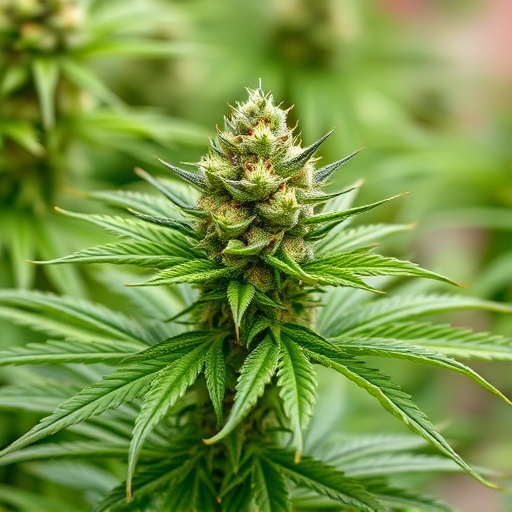
When preparing cannabis flower for edible use, understanding the process of decarboxylation is key. Decarboxylation is a chemical reaction that converts THCA (tetrahydrocannabinolic acid), the raw active compound in cannabis, into THC, making it bioavailable to your body. This essential step ensures that you derive the full benefits and effects from the plant. There are several methods to achieve decarboxylation, each with its advantages. One popular method involves heating the cannabis flower at low temperatures for an extended period, allowing the THCA to convert into THC without burning or degrading the compound.
Additionally, extraction methods play a significant role in creating high-quality edibles. Extraction processes like CO2 extraction separate the desired compounds from the plant material using super-critical carbon dioxide, resulting in a pure and potent concentrate. This method is often preferred for its ability to preserve the full spectrum of cannabinoids and terpenes present in different cannabis sativa strains, enhancing the overall potency and efficacy of the edible products.
Creating Delicious and Safe Edibles: Recipes and Safety Tips
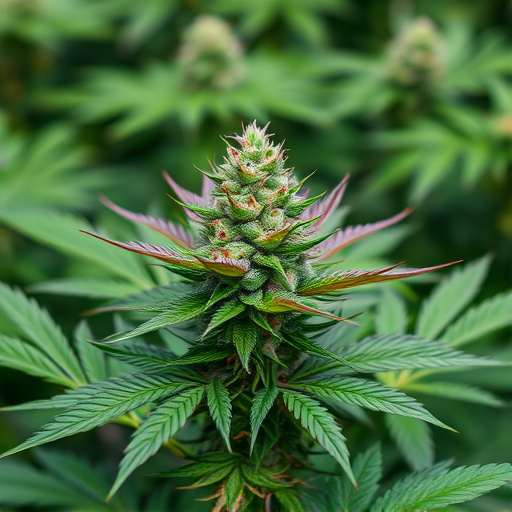
Creating delicious and safe edibles involves understanding both the art of cooking and the unique properties of cannabis sativa strains. When infusing cannabis into recipes, it’s crucial to start with high-quality, potent flowers to ensure a consistent and enjoyable experience. Choose recipes tailored to your preferred potency and taste profile; from chocolate bars to homemade gummies, there’s a world of options.
Safety tips are paramount when making edibles. Always decarboxylate (decarb) the cannabis before infusing it into your dish, as this activates the cannabinoids. Measure ingredients precisely, especially when using concentrates, to avoid overwhelming your palate or causing adverse reactions. Store your creations in airtight containers in a cool, dark place to maintain freshness and potency. Finally, remember that edible effects can be more potent and longer-lasting than other consumption methods, so it’s wise to start with a small dose and wait patiently for the full effect to set in before consuming more.
In conclusion, understanding the unique properties of different cannabis sativa strains is key to crafting delicious and safe edibles. By mastering preparation techniques like decarboxylation and choosing suitable extraction methods, you can create mouthwatering treats with precise dose control. With our comprehensive guide’s recipes and safety tips, you’re equipped to explore the world of cannabis-infused cuisine securely.
